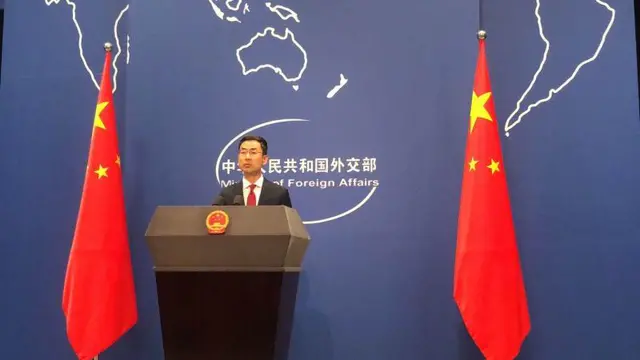Airbus and Boeing are teaming up with smaller regional rivals to add sales at the lower end of their 100 billion-a-year US dollars commercial plane duopoly, but the two market leaders are also laying the foundation for a longer-term strategic contest against more powerful competitors such as China.
US planemaker Boeing Co and Brazil’s Embraer SA
said on Thursday they were discussing a “potential combination” widely assumed to focus on jetliners, confirming a report in the Wall Street Journal.
News of the talks comes just two months after Boeing’s European archrival Airbus agreed to buy a majority stake in Bombardier Inc’s 110 to 130-seat CSeries jet, the Canadian rival of Embraer’s biggest E-Jets.
“This seems initially to be about blunting the offering of the CSeries,” said consultant Jerrold Lundquist, managing director of The Lundquist Group, one of the first industry-watchers to predict the move. “One of the things the CSeries brings to Airbus is the ability to offer a broader product line.”
Both Embraer’s E-Jets, which generally range between 70 and 130 seats, and to a greater extent Bombardier’s CSeries, overlap at the margins of the big-airplane portfolios of Airbus and Boeing, but the products are mainly seen as complementary. Boeing and Airbus smaller planes start at around 125 seats.
Such commercial tie-ups allow planemakers to offer package deals and expand opportunities for generating revenue and profit, a person familiar with the CSeries deal said.
Boeing now appears to be a convert to this approach after initially – at least in public – dismissing the deal between Airbus and Bombardier, several analysts said on Thursday.
But the proposed alliances, neither of which is finalized, are not simply about tacking on revenue and cash flow, analysts and industry sources said.
First, they could quickly lead to technical overlap.
“If Boeing begins to collaborate with Embraer, you could imagine them creating commonality in the Boeing cockpit,” Lundquist said. Others see similar benefits at Airbus.
More importantly, they broaden the battlefront for the next round of developments in 2030 and beyond: one in which Western jetmakers will be up against growing competition from China and Russia and could rely on their new partners to spread the risk.
(REUTERS)
 简体中文
简体中文

